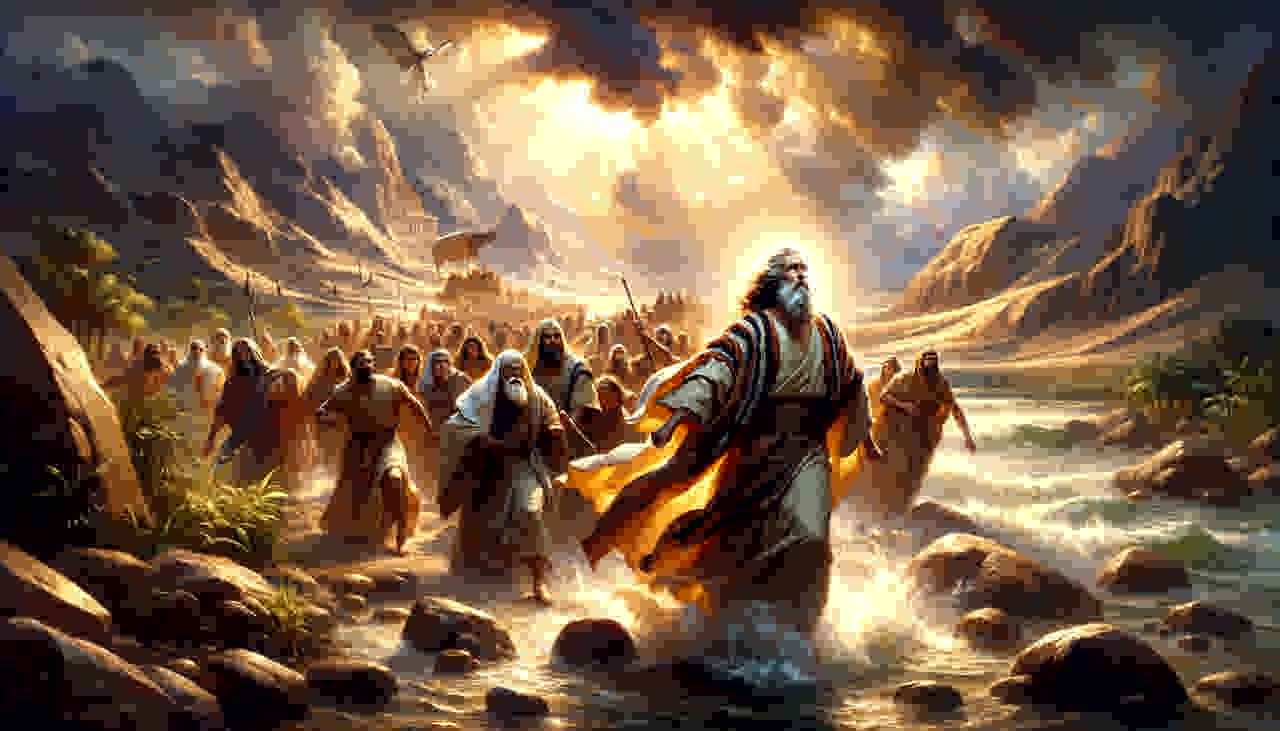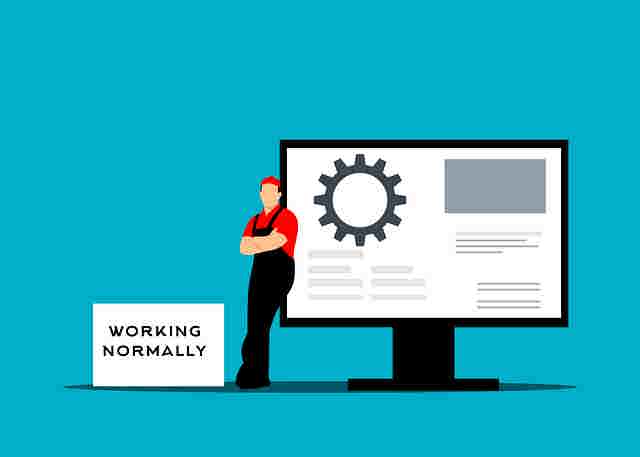History has a way of echoing through time. The rise and fall of movements, ideologies, and regimes don’t just stay trapped in textbooks—they shape the world we live in today. One such powerful and chilling chapter in human history revolves around the rise of Fascisterne—a name that still sparks intense emotion and political debate.
But what exactly are Fascisterne? Why do their ideas still stir controversy, even decades after their downfall? And more importantly, why is it so vital that we study and remember their history?
This is not just a history lesson. It’s a journey into the core of what happens when ideology meets desperation, when charisma combines with control, and when fear becomes a political weapon. From the socio-economic turmoil that gave birth to fascist thought, to the brutal regimes that ruled with iron fists, to the modern-day whispers of their return—this is the full story of Fascisterne.
Let’s dive into the roots, rise, rule, and ruin of a force that changed the course of history and continues to influence the present.
What Are Fascisterne?
The term “Fascisterne” refers to groups, regimes, or individuals who embraced fascism—a political ideology built on extreme nationalism, dictatorial power, and the suppression of opposition. While the term “fascism” originated in Italy with Benito Mussolini in the early 20th century, “Fascisterne” as a broader term encompasses a wider network of fascist regimes and sympathizers that spanned across Europe and beyond.
These were not just political groups. They were movements that shaped nations. They wielded influence through fear, loyalty, militarism, and unwavering devotion to a single leader or ideal. Whether it was Mussolini’s Italy, Hitler’s Germany, or other fascist-adjacent regimes, Fascisterne were driven by a hunger for power—and a belief that they alone could “restore greatness” to their respective nations life.
Why Their History Still Matters Today
The world didn’t just move on after fascism’s fall in 1945. Though defeated militarily, the ideology didn’t vanish. In fact, many of its traits—ultranationalism, scapegoating, suppression of dissent—have quietly crept back into modern political discourse under new disguises.
Understanding Fascisterne isn’t just about remembering the past—it’s about guarding the future. When we forget the cost of unchecked power, we risk repeating the same mistakes. In a world increasingly polarized by extremism, echo chambers, and authoritarian tendencies, the lessons of Fascisterne are more relevant than ever.
Origins of Fascisterne: Where It All Began
The Socio-Political Climate That Birthed Fascism
To understand how Fascisterne came to power, we must first look at the world they emerged from. The early 20th century was a time of global chaos and uncertainty. The aftermath of World War I left Europe devastated—economically, socially, and politically. Old empires had crumbled. New borders were hastily drawn. People were desperate for stability.
In Italy and Germany especially, the Treaty of Versailles was viewed as a national humiliation. Economies were in freefall. Unemployment was rampant. Fear and resentment simmered beneath the surface.
This was the perfect storm for radical ideologies to take root. Democracy, still in its infancy in many European nations, seemed too slow and fragile. Many people didn’t want compromise—they wanted strength. They wanted order. They wanted someone to blame. And the Fascisterne were ready to provide all three.
The Role of Nationalism and Economic Despair
Extreme nationalism became the lifeblood of fascism. Fascisterne promised to return their countries to former glory. They stoked feelings of cultural superiority, painted outsiders as enemies, and promoted the idea that only a strong leader could save the nation.
Economic despair played a huge role too. When people can’t feed their families or find work, they become vulnerable to radical promises. Fascisterne exploited this vulnerability masterfully, often blaming ethnic minorities, communists, or immigrants for the country’s problems.
How the Term “Fascisterne” Came Into Use
While “fascism” as a political term came directly from Mussolini’s Fasci di Combattimento in Italy, “Fascisterne” became a collective way to refer to the broader network of fascist followers, enforcers, and ideologues. It’s often used to describe not just the top leaders, but the party members, street militias (like Italy’s Blackshirts or Germany’s Brownshirts), and loyal citizens who supported or enforced fascist policies.
Rise to Power: How Fascisterne Gained Ground
Charismatic Leaders and Their Playbook
Fascisterne were often led by larger-than-life figures who knew how to command attention. Mussolini and Hitler were not just politicians—they were performers. They used speeches, uniforms, marches, and symbols to create a powerful, emotional connection with the masses.
These leaders presented themselves as saviors, men of action who could fix what democracy had failed to address. They promised rebirth, strength, and pride.
And they didn’t shy away from using fear to get there.
Tactics of Propaganda, Fear, and Mass Mobilization
Propaganda was one of the Fascisterne’s deadliest weapons. Through newspapers, posters, films, and radio, they controlled the narrative. They used simple, repetitive slogans, vilified enemies. They made their leaders appear god-like.
Fear was used to silence opposition. Critics were arrested, tortured, or killed. Dissent was painted as treason. And through organized rallies and military parades, they fostered unity and strength—at least on the surface.
Fascisterne didn’t just gain power. They made it look desirable.
The Spread Across Borders – From Italy to Germany and Beyond
Fascism started in Italy, but it quickly found fertile ground elsewhere. In Germany, Adolf Hitler and his Nazi Party adopted many of Mussolini’s tactics and took them even further. Spain saw Francisco Franco rise with similar methods. Other countries saw local fascist parties emerge—some minor, some significant.
While not all shared the exact same goals or policies, they were united by core beliefs: authoritarianism, nationalism, and the suppression of perceived enemies.
Life Under Fascisterne Rule: A Closer Look
Censorship, Surveillance, and the Crushing of Dissent
Once in power, the Fascisterne didn’t waste time. They dismantled democratic institutions, banned opposition parties, and rewrote laws to favor authoritarian rule.
Freedom of speech? Gone. Independent press? Silenced. Citizens were encouraged to spy on neighbors, report suspicious behavior, and display absolute loyalty.
Public fear became a daily reality. Speaking out—even in private—could mean imprisonment or worse.
Impact on Minorities, Women, and Youth
Fascist ideology thrived on hierarchy. There was always an “in-group” (usually based on ethnicity, nationality, or religion) and an “out-group” to blame for society’s problems.
In Nazi Germany, this led to the horrors of the Holocaust. Jews, Roma people, LGBTQ+ individuals, and others were targeted, imprisoned, and murdered. In Italy, similar laws discriminated against Jews and other minorities, albeit on a smaller scale.
Women were pushed out of the workforce and expected to be mothers and homemakers, serving the state by producing more citizens. Youth were indoctrinated through state-run programs that emphasized loyalty, obedience, and physical strength.
Militarization and the Cult of the Leader
Fascist regimes glorified war and military might. Citizens were trained to be soldiers. Children marched in youth brigades. Uniforms, salutes, and oaths of allegiance became daily routines.
At the center of it all was the leader—praised, worshipped, and untouchable. The cult of personality wasn’t accidental—it was a cornerstone of fascist control.
Fascisterne and World War II: A Deadly Collision
The Alliance with Nazi Germany
As Hitler and Mussolini deepened their bond, the Fascisterne became key players in the events leading to World War II. They formed the Axis Powers, aligning with Imperial Japan to challenge the Allied forces.
Their shared vision? A world ruled by “superior” powers, free from the constraints of democracy and filled with ethnically pure states.
Key Moments That Defined Their Role in the War
Fascisterne policies directly led to some of the most horrific chapters of the war. Germany’s invasion of Poland triggered global conflict. Italy’s invasions in Africa spread fascist rule. The Holocaust unfolded under Nazi leadership.
World War II became a battleground not just of armies, but of ideologies. The Fascisterne sought global domination—and millions died in the process.
The Global Backlash and the Beginning of Their Fall
As the tide turned in favor of the Allies, the Fascisterne began to collapse. Mussolini was captured and executed by his own people. Hitler took his own life in a bunker beneath a crumbling Berlin.
Their regimes had promised glory but delivered destruction. The world was left shattered—and deeply wary of fascism’s seductive lies.
The Fall of Fascisterne: Collapse and Consequences
Defeat on the Battlefield and in Public Opinion
By 1945, the Fascisterne were militarily defeated. But the real reckoning came after the war. Survivors of concentration camps emerged. Photos and films showed the world the extent of the horrors committed.
Public opinion shifted. Many who once supported the Fascisterne distanced themselves or denied involvement. The spell was broken—but the scars remained.
Post-War Trials and Denazification
The Nuremberg Trials marked a historic moment of justice. Top Nazi officials were tried for crimes against humanity. Other fascist leaders faced similar fates.
In Germany, a process known as “Denazification” began—aiming to remove Nazi influence from all aspects of society. But not all fascists were punished. Many escaped, hid, or reinvented themselves.
The Political and Cultural Scars Left Behind
Europe had to rebuild—not just cities, but trust. Fascisterne left deep divisions. Families were torn apart. Institutions had to be rebuilt. New laws were passed to prevent the rise of similar movements.
But some scars never fully healed. And in the shadows, fascist ideas quietly lingered.
Legacy and Echoes: How Fascisterne Still Influence Today’s World
The Lingering Ideologies in Modern Politics
In recent decades, far-right ideologies have made a comeback—often repackaged in modern terms. Some political groups echo Fascisterne talking points: strong borders, “law and order,” anti-immigrant rhetoric, and disdain for democratic processes.
The internet has made it easier for these ideas to spread globally. Memes, forums, and influencers sometimes glorify fascist figures or rewrite history in subtle ways.
Neo-Fascism and the Rebranding of Extremism
Today’s fascist sympathizers rarely call themselves “fascists.” Instead, they use terms like “nationalist,” “traditionalist,” or “populist.” But the core ideas remain the same—division, control, and a belief in superiority.
Neo-fascist groups often deny historical atrocities, blame minorities, and position themselves as “defenders” of culture. In many ways, they use the same playbook—just with modern tools.
Lessons Not Learned – Are We Repeating History?
The warning signs are there: political polarization, media manipulation, distrust in democratic institutions. If we ignore the lessons of the Fascisterne, we risk sliding back into the very chaos they once thrived on.
That’s why remembering history—truthfully and critically—isn’t just important. It’s necessary.
Conclusion
The story of the Fascisterne is not just about dictators, uniforms, or rallies. It’s about what happens when fear replaces reason, when power goes unchecked, and when people stop asking questions.
By understanding how Fascisterne came to be, how they ruled, and how they fell, we gain the tools to protect democracy today. This history belongs to all of us, because its consequences still shape the world we live in.
Let it be a reminder that freedom must be defended, truth must be told, and silence—especially in the face of injustice—can be dangerous.



